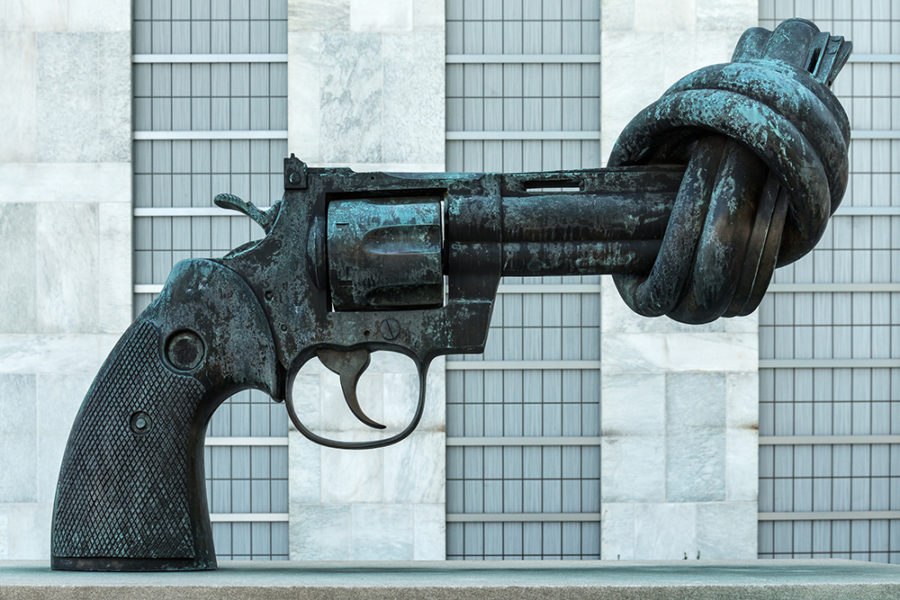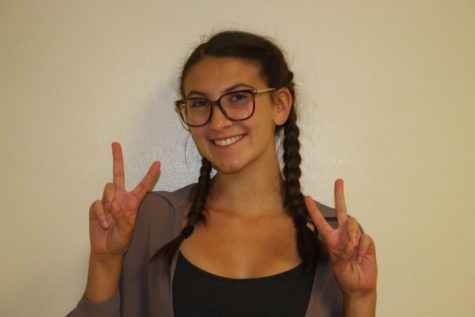A startling (lack of) statistics
March 5, 2018
A little under a month after the Stoneman Douglas high school shooting, America is still shaken. In pursuit of answers, I looked for some information about gun violence, school shootings specifically. What was startling to me was not the amount of deaths or shootings, but the fact that I could not find a single consistent statistic on anything: number of shootings, number of people killed within a year, nothing.
In the brief history that America has had, gun control laws have always been extremely difficult to implement. Moreover, whenever a gun control law attempts to be created, Republicans in congress backed by the NRA are completely against it—even when innocent elementary, middle, and high school children are murdered.
The parkland shooting has gained immense momentum; rallies have occurred and school walkouts have already been planned. This movement, largely charged by our generation, is the best chance we have to force congress to implement stricter, effective gun control laws. The passion and emotion is here—but the information isn’t.
If the information available on school shootings is contradicting, confusing and inaccurate, how can this movement be successful?
A large reason for this unclear information is because the government’s definition of a mass shooting is not so simple. In 2008, the FBI defined a mass shooting as any shooting that has four or more casualties. In 2012, though, Congress defined “mass killings” as three or more deaths in a single event. In 2013, the FBI also created the definition for an “active shooter”, someone who attempts to kill people and, if they succeed, kills four or less people (interfering with the FBI’s previous definition on mass shootings).
Moreover, the root of the statistic claiming that 18 school shootings have occurred this year also comes from the confusion of what defines a school shooting. Everytown.org, the source where this number came from, defines school shootings as “any time a firearm discharges a live round inside or into a school building or on or onto a school campus or grounds” (everytown.org). As straightforward as this seems, this includes when a firearm shoots off by accident or an argument between anyone—not just students, staff, or faculty—on school property that turns ugly. Not exactly the image you have in your mind of a school shooting, right?
Based off of that definition, then 18 school shootings is an accurate statistic. Another definition could mean, 10, and another one could mean 2. Really, there is no set in stone definition of what a school shooting is, each database defines it in a different way.
With this vacuum information, policy is almost impossible to make. Any proposal must be backed by solid evidence in order for congress to pass it. Without a reliable source to track and create reliable statistics, no progress can be made.
As high school students, we cannot afford to allow this to go on any longer. The physical circulation of guns not only needs to be regulated, but the tracking of these incidents as well.



















![Movie poster for '[Rec]" (2007).](https://www.lionnewspaper.com/wp-content/uploads/2023/04/rec-640x900.jpg)



